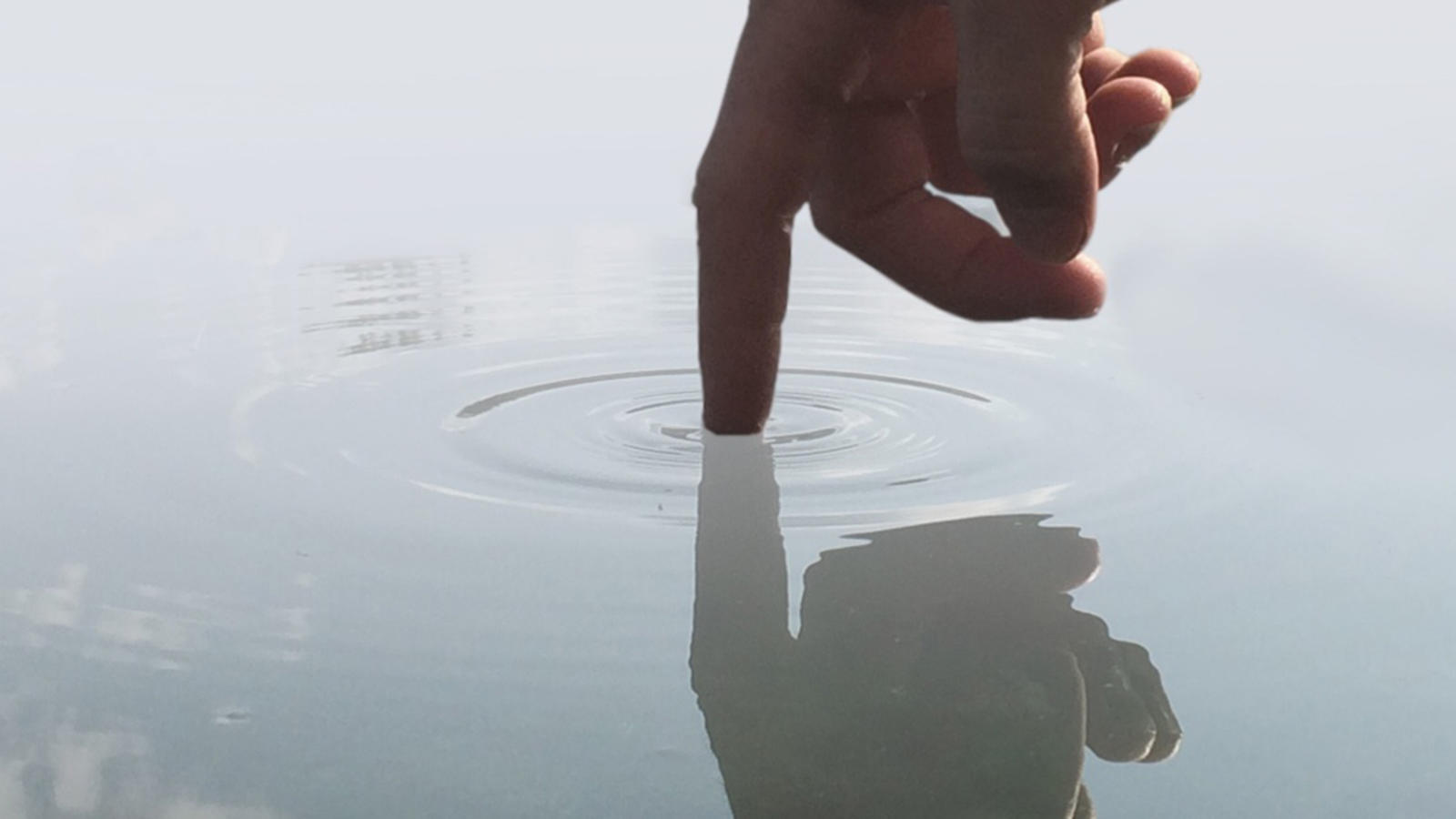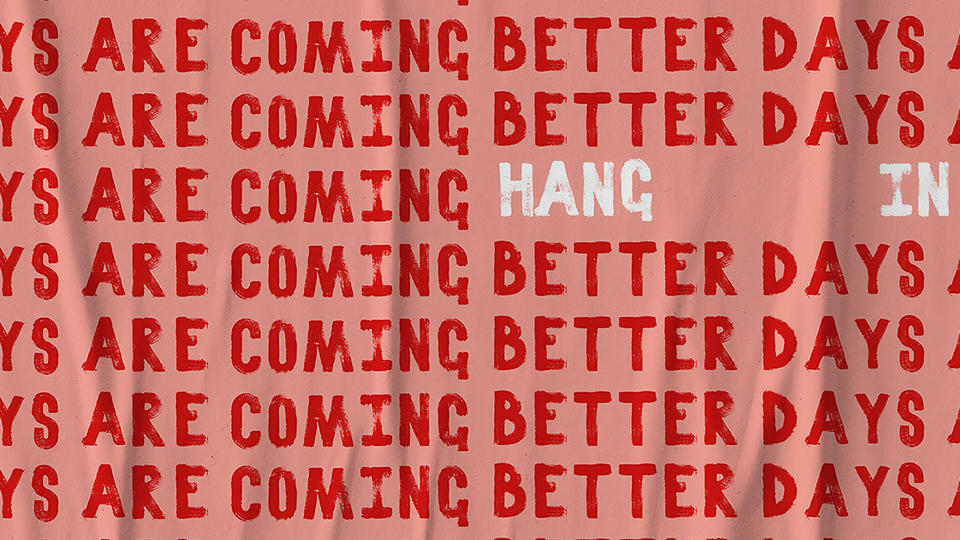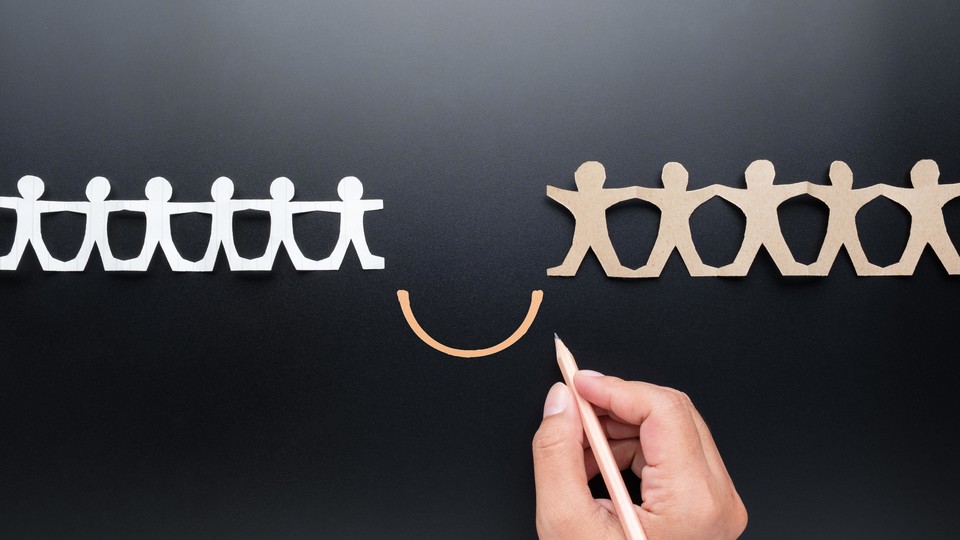
Reflection Connection
Is It Possible To Redirect The Craving To Shop?
Based on research by Utpal Dholakia, Jihye Jung and Nivriti Chowdhry
Is It Possible To Redirect The Craving To Shop?
- Classic anticonsumption consists of three tactics: reject, restrict and reclaim. But a fourth strategy, reflection, may be more realistic.
- Consumer reflection means refocusing the desire to buy, rather than doubling down on self-control.
- Whether you’ve got a limited budget or ethical or other reasons to curb spending, reflection can be a powerful weapon against all-too-human impulse buying.
Who hasn’t been there? Minding your own business at a store, and then, suddenly swept away by novelty, packaging or plain human craving, you own a box of extra-thin Oreos or a putty-colored shirt that could flatter no living person. As tidying guru Marie Kondo puts it so clearly, you’ve bought one more thing that takes up space and provides no additional joy.
Stores take advantage of this momentary desire all the time. That’s why candy racks are poised next to the cash register and bright sale signs guide us to shirts when we’re looking for socks. In response to this eternal temptation, a body of anticonsumption research advocates measures such as boycotts, recycling or refraining from shopping altogether.
Like dieting, though, self-deprivation from stuff is hard to sustain. Now Rice Business professor Utpal Dholakia and former Rice Business doctoral students Jihye Jung, now at the University of San Antonio, and Nivriti Chowdhry, now with Amazon, have devised an alternative. In four separate studies, the team found that it’s possible to redirect the urge to buy by reflecting on what we already have.
The researchers’ objective was to understand several specific aspects of desire and consumption: whether actively recalling the use of a possession affected consumers’ willingness to pay for new items; whether the same recollection affected the desire for impulse purchasing; whether possessions designed for fun or utilitarian purpose had different effects in quelling consumer desire; and, finally, whether there might be alternative explanations for the interplay of the desire to buy and the type of possession recalled.
To answer these questions, the researchers conducted studies using a pool of fully-employed adults, recruited through Amazon Mechanical Turk, that provided a representative sample of the general population.
In the first study, participants were randomly sorted into three groups. The first group was asked to think about a possession they had recently used, the second to think about a possession they hadn’t used recently and the third — the control group — was simply shown the second part of the experiment, in which everyone viewed an array of products and was asked to estimate both their cost and their willingness to pay it.
In the second study, participants viewed one of two items in an “impulse purchase” scenario, either a jacket on sale that appealed directly to their taste and was likely to go out of stock quickly or discounted headphones that appeared to be the only pair left at that price. Participants then described how much they wanted these items on a one to seven “desire” scale, and how likely they were to buy them.
In the third study, the researchers analyzed whether a person’s likelihood of making an impulse purchase was affected by the type of possession she recalled. In this instance, half the participants were asked to recall something that fulfilled a “need” and the other half to recall something that fulfilled a “want.” Next, the same jacket presented in the second study was described in either “useful” or “pleasurable” terms, to gauge if the subjects’ desire to buy it changed with these descriptors.
Finally, the fourth study asked three groups to think about a recently used possession. The first group was asked to imagine an item they’d bought for enjoyment, the second an item bought out of necessity and the third any item they wanted to. All participants then rated their wish to use the item in question over time, plus their feelings about the item. As time passes, this study showed, people tend to believe their desire for an item will increase, no matter what item it is.
Thanks to previous research conducted together, Dholakia’s team knew one impulsive action can “drain the tank” of impulsive desire. If you’ve indulged yourself trying on a half dozen enticing outfits at one store, for instance, you’ll be less tempted to pop into the fast-fashion shop next door – even if it’s having a giant sale.
Reflecting on what we already have, the team found, redirects desire. So recalling something at home that already fulfills the item’s use, or even envisioning a different item that makes us feel happy, can divert the passion triggered by a discounted shirt.
As anyone with a credit card might surmise, these findings have a practical use. Consumers who buy too much too easily could be well served by reflecting a few seconds before acting; taking such pauses at work and in social situations, after all, is a basic skill of adulthood. Taught alongside basic budgeting, reflective shopping could be especially helpful for students getting ready for college, the researchers noted.
Reflection, in any case, is easier than austerity for people of any age. That’s why dieters do best making small, thoughtful switches like buying whole fruit instead of fruit juice, rather than with dramatic measures like vowing never to stock the cupboard at all.
In the same way, it’s easier to take a quick pause before buying than to white-knuckle it through hours on end at the mall. Back at home, with temptation safely gone, most of us regain our senses automatically. “I wish I’d bought that industrial-sized box of cookies and that putty shirt when I had the chance,” said no shopper, ever.
Utpal M. Dholakia is the George R. Brown Professor of Marketing at Jones Graduate School of Business at Rice University.
To learn more, please see: Dholakia, U., Jung, J., & Chowdhry, N. (2018). Should I buy this when I have so much? Reflection on personal possessions as an anticonsumption strategy. Journal of Public Policy & Marketing, 37(2), 260-273.
Never Miss A Story


